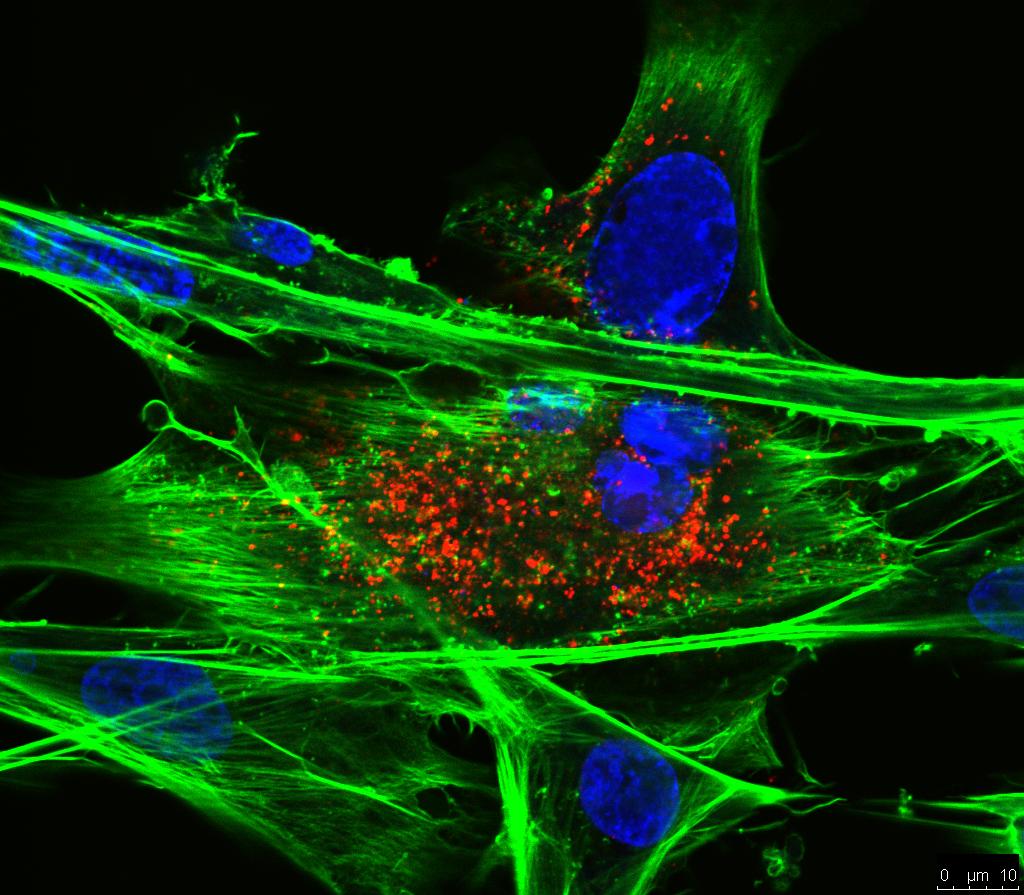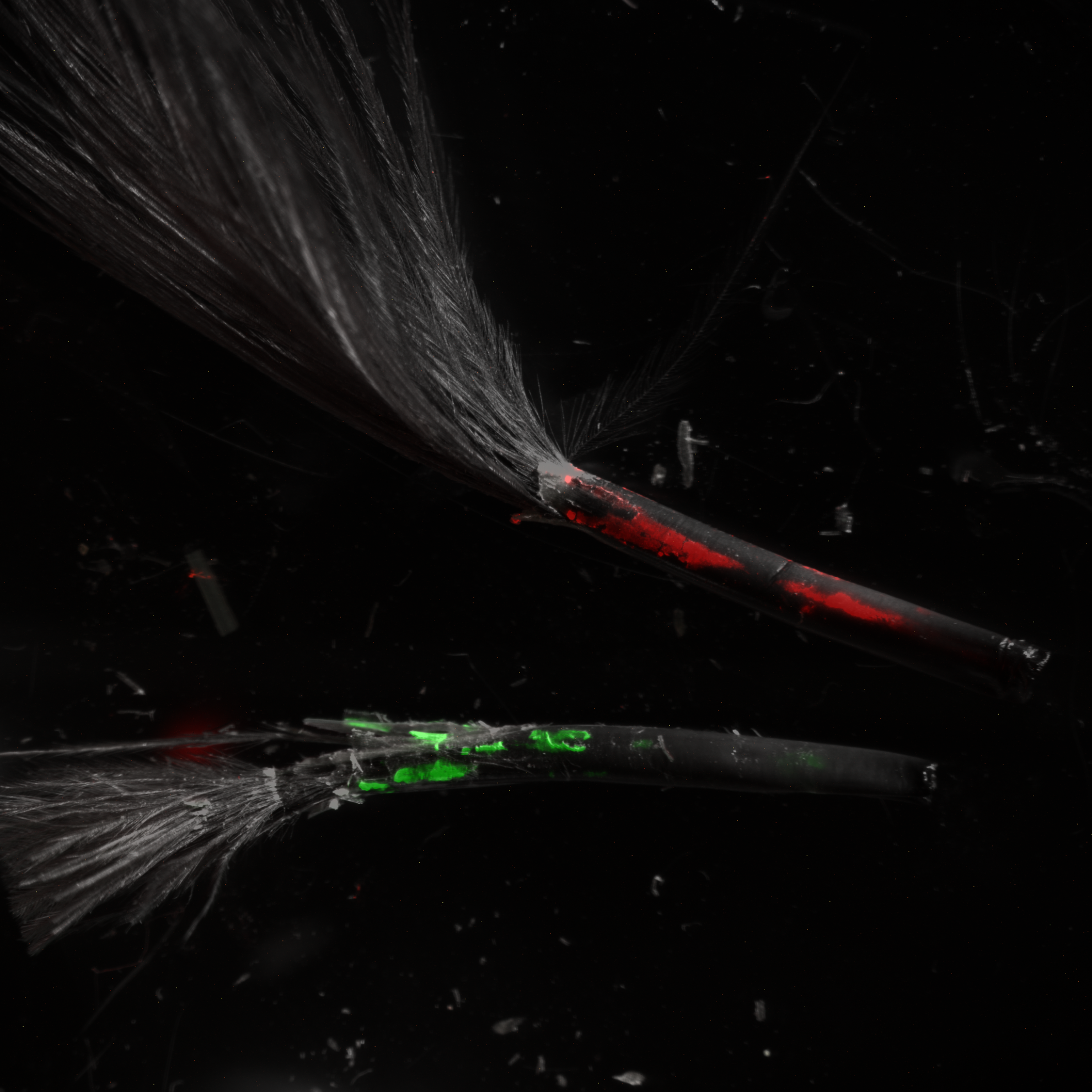Vaccine and oncogenic strains of gallid herpesvirus 2 contain specific subtype variations in the 5? region of the latency-associated transcript that evolve in vitro and in vivo
Gallid herpesvirus 2 (GaHV-2) is the alphaherpesvirus responsible for Mareks disease (MD), a T-cell lymphoma of chickens. The virulence of the GaHV-2 field strain is steadily increasing, but MD is still controlled by the CVI988/Rispens vaccine. We tried to determine distinguishing traits of the CVI988/Rispens vaccine by focusing on the 5? end region of the latency-associated transcript (5?LAT). It includes a variable number of 60-bp tandem repeats depending on the GaHV-2 strain. By analyzing six batches of vaccine, we showed that CVI988/Rispens consisted of a population of 5?LAT molecular subtypes, all with deletions and lacking 60-bp tandem repeat motifs, with two major subtypes that probably constitute CVI988/Rispens markers. Serial passages in cell culture led to a substantial change in the frequency of CVI988/Rispens 5?LAT subtypes, with non-deleted subtypes harboring up to four 60-bp repeats emerging during the last few passages. Dynamic changes in the distribution of 5?LAT-deleted subtypes were also detected after infection of chickens. By contrast, the 5?LAT region of the oncogenic clonal RB-1B strain, which was investigated at every step from the isolation of the clonal bacmid RB-1B DNA to the isolation of the ovarian lymphoma cell line, consisted of non-deleted 5?LAT subtypes harboring at least two 60-bp repeats. Thus, vaccine and oncogenic GaHV-2 strains consist of specific populations of viral genomes that are constantly evolving in vivo and in vitro and providing potential markers for epidemiological surveys.
Back to publications

